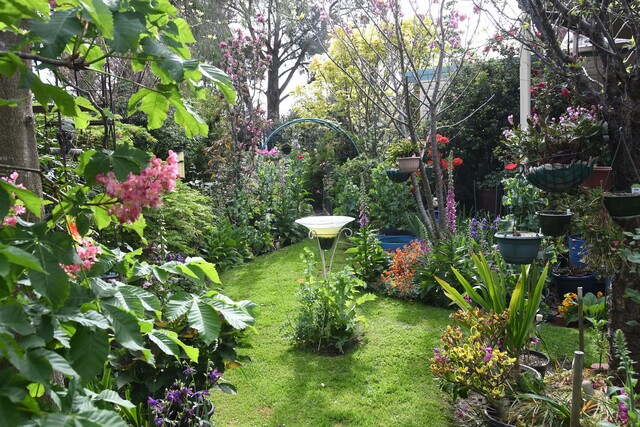The Disability Company’s Hallam branch is moving forward with its unique perspective of supported independent living, with the first of four houses set to open in February.
The National Disability Insurance Scheme, or NDIS for short, has a long-running program with supported independent living, or SIL, which sees clients receiving help while still living as an independent.
For The Disability Company, however, their new approach will tailor shared living of residents to create a sense of community within the home.
Company founder Dylan Maliepaard said “we’re approaching it in a novel way, which is to try and match participants in a way that they don’t feel like they’re in an institutionalised home.”
“Instead they can actually make friends by going away together, having meet and greets, dinners and we can try and coordinate people so they can have more of a housemate relationship than being forced together,” he said.
For Mr Maliepaard, the emphasis of their housing program is home, to not just live in a house but to have it as a space where one can feel secure.
“People can then grow and then actually explore what it means to be a human being, explore their boundaries.
“They can grow, challenge themselves and go into the next phase of their lives like we all do,” he said.
There are currently three key and high-demand areas that the Disability Company has identified as where residents would like to reside, and these are Cranbourne, Dandenong and Narre Warren.
The first four houses are the setting stage for Mr Maliepaard and the company, where they will then observe and adapt to further cater for future housing projects.
“We want to open those four houses in those three key areas first, and then take it to the next phase.
“From there we will decide on what tweaks and changes we want to make what other areas we might want to move into and what else we would like to do in these areas,” he said.
Comfort is a key factor, and while houses will most likely be limited to four residents at most, it plays a huge part in feeling like a home, and not a regular housing institution.
“The question is about whether or not that has an institutional feel or if you’re crammed in like sardines.
“Or if the ratios are kept low, the person has space to actually live in a community and that they are actually living in their home instead of a care facility,” Mr Maliepaard said.
Another factor is tailoring the homes to the residents, which starts from foundational aspects such as decorating to having gathering events such as house committees.
“These house events that help to bind everyone together make it feel more homely, while also still having that really good balance of your own space, your own independence, your own autonomy to do your own thing,” Mr Maliepaard said.
The ideas themselves are four years in the making, and while the company has been around for six years, the time has been spent researching SIL housing and methods for a “sustainable and holistic care environment in someone’s home.”
The company eventually came to their current decision, which it revolved around “making housing work for them, and making housing work for you,” Mr Maliepaard said.







